 Image © by Brian E. Faulkner
Image © by Brian E. Faulkner The principal of that firm had traveled 750 miles to make her pitch – a second agency likewise. The third was local. Each recognized the potential of our product, launch of which soon got snakebit by the dot com bust of 2001 and by the kind of internal struggles that all too often mark the beginning of the end for some small business start-ups.
Sorting through an old file box on this slow after-Thanksgiving day, I came upon my notes from discussions with the agency we selected and decided to see what I could learn from them. A quick review reaffirmed my 2001 choice of this firm over the others. Even so, something surprising jumped out at my 2014 eyes from the notes and the agency’s promotional materials:
They did not have a tagline that communicated their competitive advantage in a succinct, strategically compelling way. Which is unfortunate, because their strengths (as I noted them at the time) were considerable:
“The only reason to hire us is to build sales and create success.”
“We are dogged, ferocious, persistent and persuasive.”
“We are scrappy and move like a gazelle.”
“We are fiercely client loyal.”
“We are fabulous at PR.”
Adding to these pluses was the fact that their product-specific and media suggestions were right-on. They were the single source option for everything we needed (except perhaps interpersonal counseling). But the attractive brochure they left behind didn’t clearly communicate their competitive advantage. Like many “creative” providers, it talked about the tools they used vs. how they make a difference with those tools.
I did a rough count today of the words used in their 2001 brochure text:
us words (we, our, company name): 27
you words: (you, your, client, customer) 10
power words (success, strengths, expectations) 3
difference words (difference, competitive advantage) 0
There were more than twice as many us words as you words, words that focused more on the firm's capabilities than client needs. They didn't communicate their competitive advantage nearly as well on-paper as they did in-person. Why? I don’t know, although you may recall the story about the cobbler’s children having no shoes.
Even so, their web site must have spoken of competency for us to have invited their pitch in the first place. But their personal presentation made all the difference. The agency principal set her company apart from competitors with similar services (without knowing which other potential providers we were interviewing) – including the local firm, whom we personally liked very much, and the New York area one that had impressive, more narrowly focused capabilities.
So here’s my two-cents worth of tagline suggestions for this agency as it presented itself to us in 2001 (keeping in mind that they position themselves as a strategic marketing firm with PR capabilities rather than only a PR specialist):
AGENCY NAME:
“Persistent, persuasive and fiercely devoted to client marketing success.”
AGENCY NAME:
“The Great Results Marketing and PR Agency.”
AGENCY NAME:
“Fabulously successful small business marketing.”
Please note that these words are lifted directly from my conversation with the agency principal, not from experience using their services. I just arranged them in strategically compelling ways -- perhaps you could use the same words to come up with an even better tagline around which the firm could have built an effective positioning / capabilities presentation.
What about today? The agency's current online pitch isn't as strong as the compelling competitive story presented to us by their leader in May of 2001. And still ... no tagline.
TakeAway: Sing your song to the world with a powerful tagline that arises from your Marketable Truth©, creates belief and once and forever sets your business apart from competitors. Then get busy telling the world about it, using your tagline as the strategic foundation for marketing communication.
Tags: small business marketing, public relations agency, PR firm, competitive advantage, powerful tagline, Marketable Truth
Content © by Brian E. Faulkner Marketable Truth © by Brian E. Faulkner



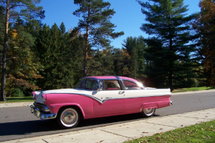
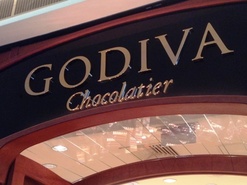
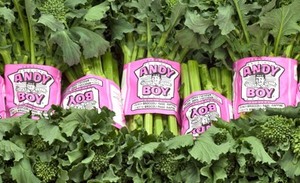
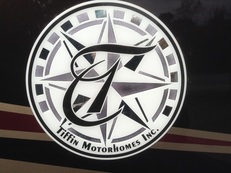

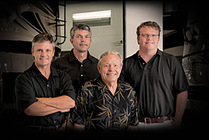
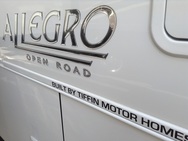

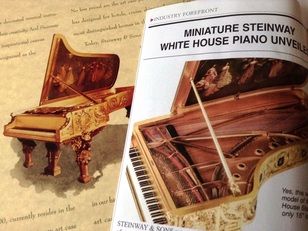
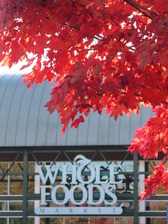

 RSS Feed
RSS Feed